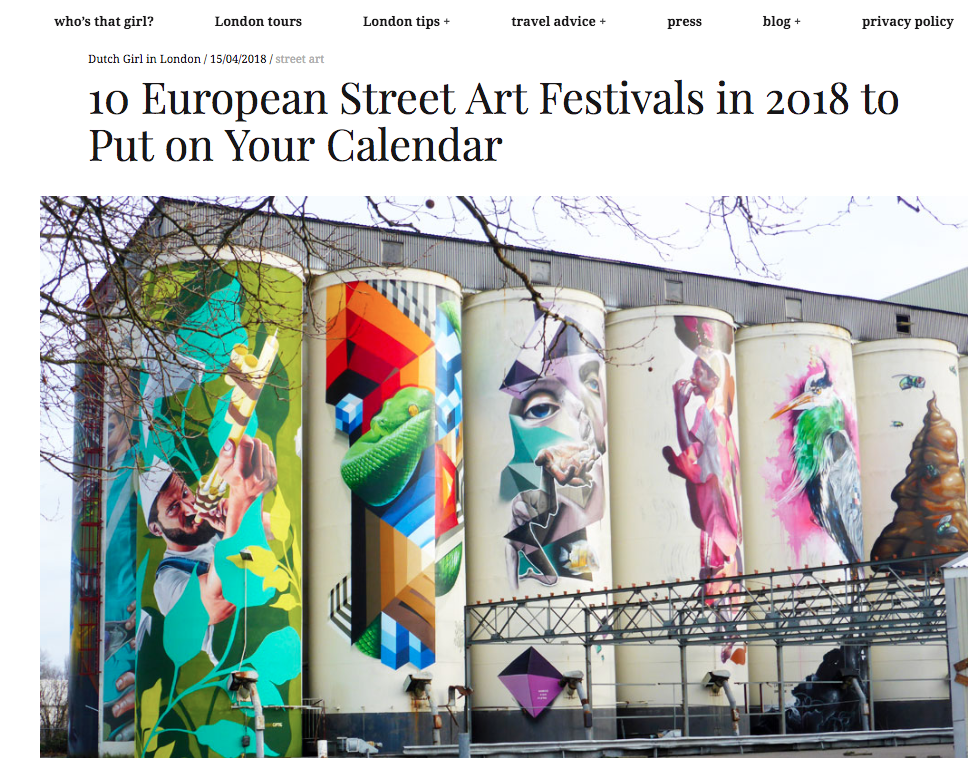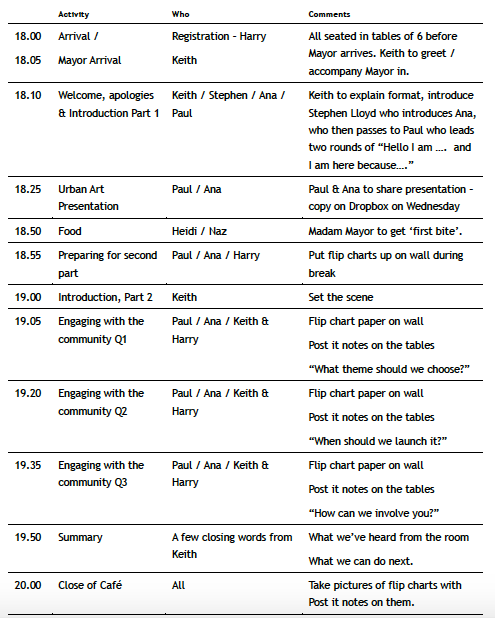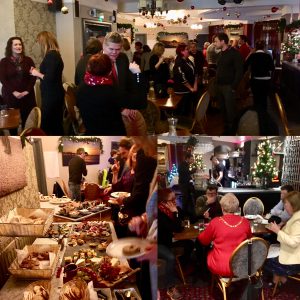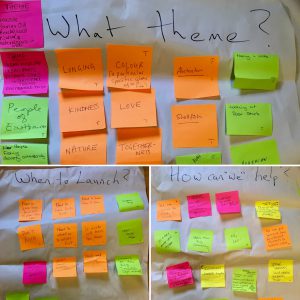For the past 20 months, I’ve been wearing a few hats: author; consultant; advisor; and business owner. Substitute years for months and it would also be an accurate account of how I’ve spent most of the last 20 years.
Describing that to people is often a challenge.
At an event in Dubai, not long after I’d left a full-time role (as a Vice President in a financial services group in the City of London) someone asked me what I did. Expecting the usual answer (Vice President… / Senior Manager….) he was surprised and I hope intrigued when I answered, “I have a portfolio of activities.” It’s a phrase I’ve used ever since.
I’d thought long and hard about my response to his question. “Who are you with?” is almost a standard opening line at any meeting during a business event. Those that are interested in the reply will ask you to explain what that means. The majority begin looking over your shoulder for someone else to talk to.
Say what you do, not what you are called
Often when working on a consulting assignment trying to understand how a business works I conduct interviews or run group sessions. I ask people to introduce themselves and describe what they do. The vast majority say, “My name is ….. I am the …” To which I respond, “That’s impressive, now please tell me what you do in a way that an outsider will understand.”
We all hide behind jargon and headlines which today’s 24 x 7 soundbite society promulgates. How many times have you read a headline and formed an opinion based on that only to discover that the article that follows says something different?
Our challenge is to distil what we do into a phrase, image or name that is concise and memorable, one that makes you smile.
A few months back I ran a Masterclass in Stockholm for Senior Legal Knowledge Management professionals. I invited them to pair up and develop their own concise description of what they did. It proved to be an illuminating session.
Promoting Knowledge Management is much like I used to find selling Corporate Finance services – it’s intangible so harder to explain and hence easier to diss.
Making first impressions count
#FinanceNavigator – Intrigued?
Every couple of weeks I attend a business networking event of one type or another. Participants are encouraged to share their story in a minute or less. The vast majority waste the first 30 seconds describing when they were founded and where their offices are located. Very few put themselves in the shoes of the audience or leave a lasting image or impression. 10% might tell a story.
On Monday I spent a couple of hours with a marketing advisor. Part of the UK Govt’s “Let’s do business’ initiative wherein companies can access business advice we were discussing the messages a young business might use to describe what it does and who it is.
Adopting a persona approach, we mapped words on their online presence (website / Facebook / Google Business) with keywords we thought their target audience might use. We drew on great 5 star Google reviews to see what clients actually said. And we thought long and hard about navigation, images and metaphors.
 A strapline, “Shining a light on property finance“ with a lighthouse (we live within walking distance of Beach Head Lighthouse one of the UK’s famous landmarks) generated the idea of building on a navigation theme and the idea of using the Finance Navigator Hashtag.
A strapline, “Shining a light on property finance“ with a lighthouse (we live within walking distance of Beach Head Lighthouse one of the UK’s famous landmarks) generated the idea of building on a navigation theme and the idea of using the Finance Navigator Hashtag.
#PropertyMatchmakers was a hashtag evolved for Bees Homes a companion business. 
Supported by a smiling winking bee logo and a strapline,: “Taking the sting out of buying and selling property”, it features the concept of matching buyers and sellers rather than merely advertising a property on line and hoping buyers will come.
The bee logo is memorable and portable across gender, ethnicity and generations. The hashtag appears in every social media post. Both companies finish any presentation with, “Here when you need us, not when it suits us” to emphasise that ours is more than a 9-5 business.
Valuing and selling property is a subjective art. Ultimately the ‘right price’ is what someone is willing to pay not what the owner thinks it is.
The skill of the ‘Property Matchmaker’ (realtor or agent) is to find the right buyer, sell them a lifestyle or image they can relate / aspire to, negotiate a price both are happy with and manage the supply chain to completion. It’s often about making correlations.
In a previous post on Collaboration, Working out Loud and Knowledge matchmaking I described the concept of a Knowledge Matchmaker and suggested:
…as a Senior Manager charged with developing new business, my ability to match a need with a solution was prized and rewarded even though the correlation was opaque to my bosses. More often than not the intuition paid off. But does the same apply today in a Knowledge Management environment where logarithms and Artificial Intelligence are making the correlations I used to make?
The idea of making and managing connections and networks came up time and time again albeit called something different during interviews for the KM Cookbook. Where it landed for me was in discussion with a prominent KM’er embarking on a relaunch / rebrand of her organisation’s KM program. They too were seeking a memorable image / strapline / hashtag that could underpin their internal and external communications.
And finally
Knowledge Management is a thread running through my many consultancy assignments, publications, masterclasses and pro bono activities. Underpinning this is the concept of how to describe or illustrate the value a person or team brings to the business.
To illustrate: As advisor to a large reinsurance group I would spend a day per month in their offices in the City coaching different people and teams. I recall a discussion with the compliance team who had a terse relationship with the business who saw them as blockers not enablers. By adopting a business consultancy mindset, it changed the dynamic: people went to ask compliance how best to meet regulations instead of doing it and being told they were wrong.
Here’s what I advise all businesses I work with when they try to present what they do:
- Make it concise
- Make it memorable
- Make it recognisable to those who are listening (or watching)
When I was Managing Partner at Sparknow LLP we ran an exercise for the front line staff of the UK’s Museums & Libraries group. We asked them to be “in the shoes’ of their customers, to imagine what it would be like to be on the other side of the desk. It was uncomfortable and required them to get out of their comfort zone to do so.
The best presenters are those who tell stories that live in the memory. If you can wrap the three must do’s into a story then you are on the way to creating an effective and enduring presence.
Thanks for reading this.







